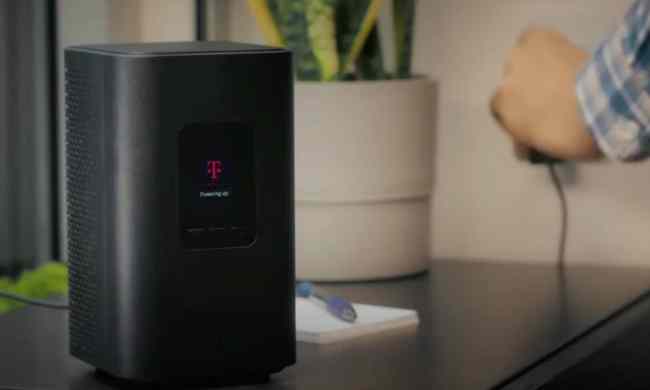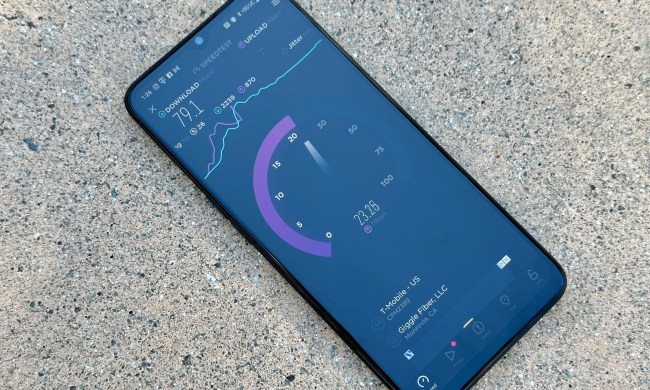The 5G revolution may be on the way, but it isn’t here yet. That much is clear from the state of 5G rollout in the U.S., but it’s just as true internationally.
The British technology research firm Omdia presented the results of its newest study on 5G on Thursday morning at a webinar commissioned by the European network operator Orange. Its finding is that while 5G is growing rapidly quarter-to-quarter, it has yet to reach the overall “sweet spot” that would indicate widespread adoption.

In the study, the sweet spot is generally defined as the point where 5G starts being revenue positive. As per Omdia’s findings, only 14% of currently extant
How the sweet spot itself was chosen is based on how the 5G market is behaving in South Korea, which is the current leader in
In the study, that sweet spot is generally defined as the point where 5G starts being revenue positive.
Currently, 5G penetration is highest in China, South Korea, Japan, and the United States, with a full 82% of available subscriptions found in Asia. Of that 82%, 87% of them are in China. The small but growing
“5G is still in its infancy, and we have yet to see its full potential from a technology and commercial perspective,” said Ronan De Renesse, senior research director for Omdia. “Similar to 4G when it launched,
Omdia’s prediction is that 37 additional markets will hit 10% 5G penetration in 2022, with over 100 following suit by 2026.
Omdia’s prediction is that 37 additional markets will hit 10% 5G penetration in 2022, with over 100 following suit by 2026. However, there are markets where the expense of


